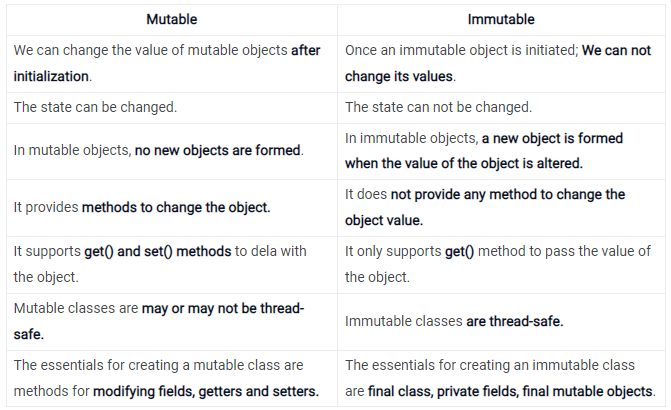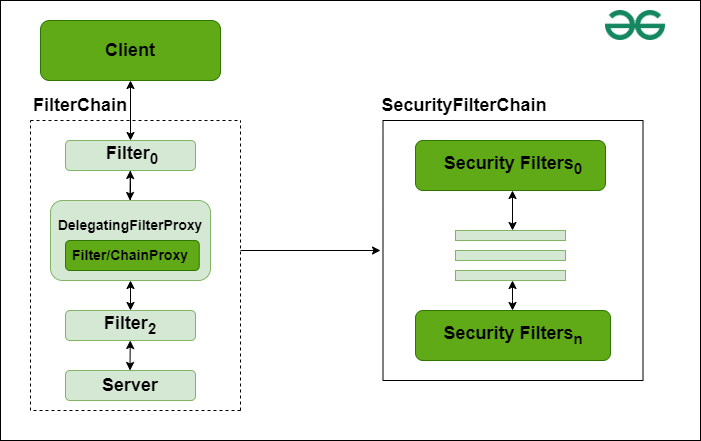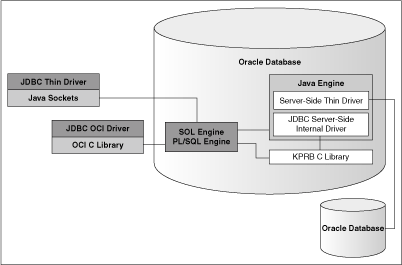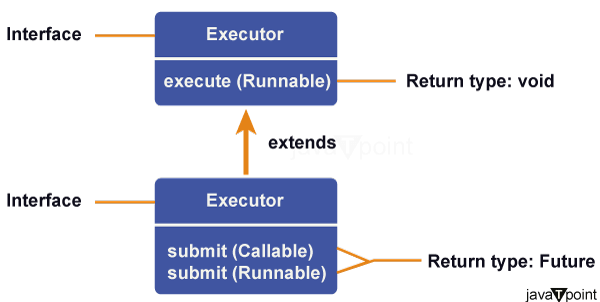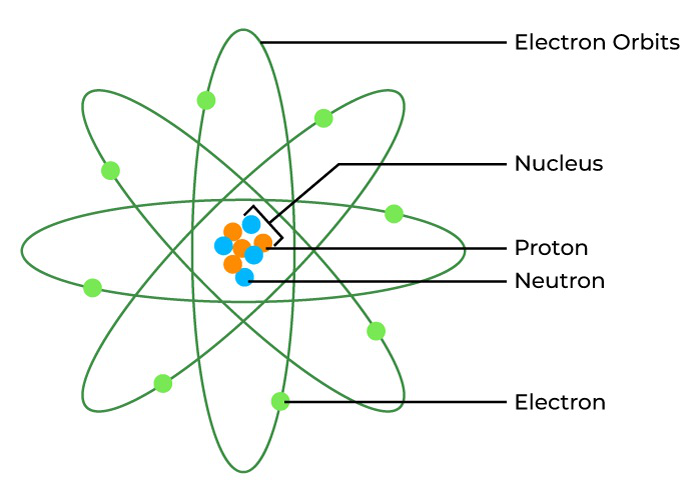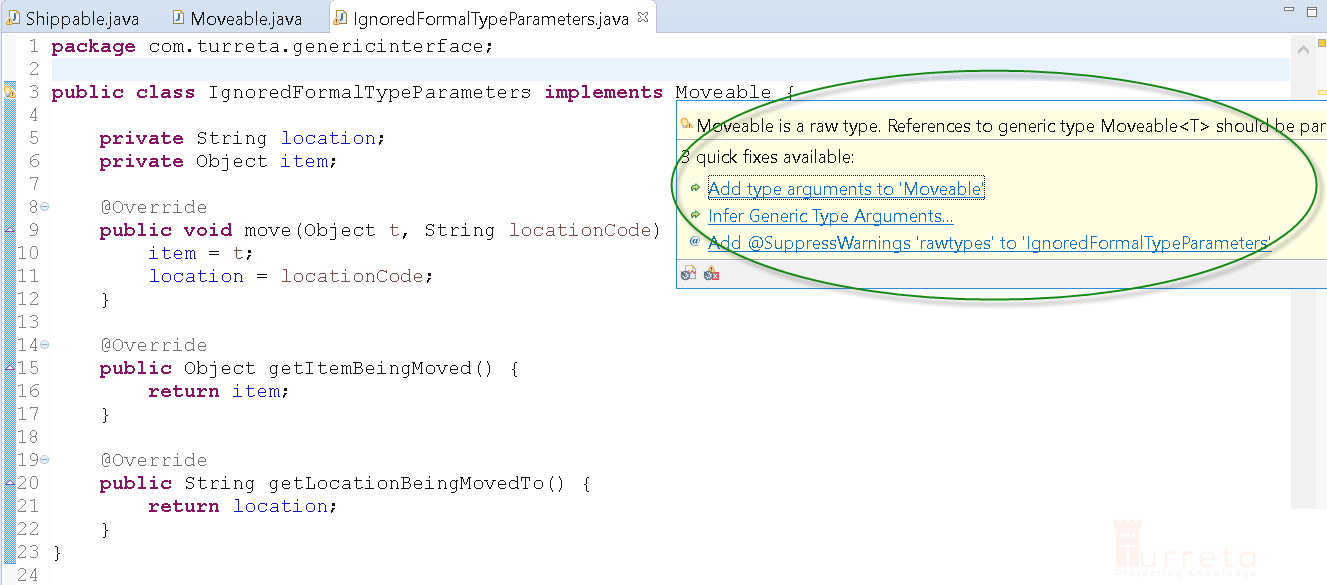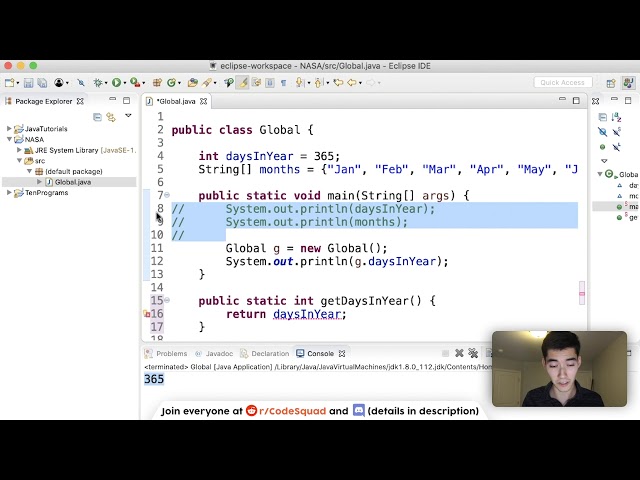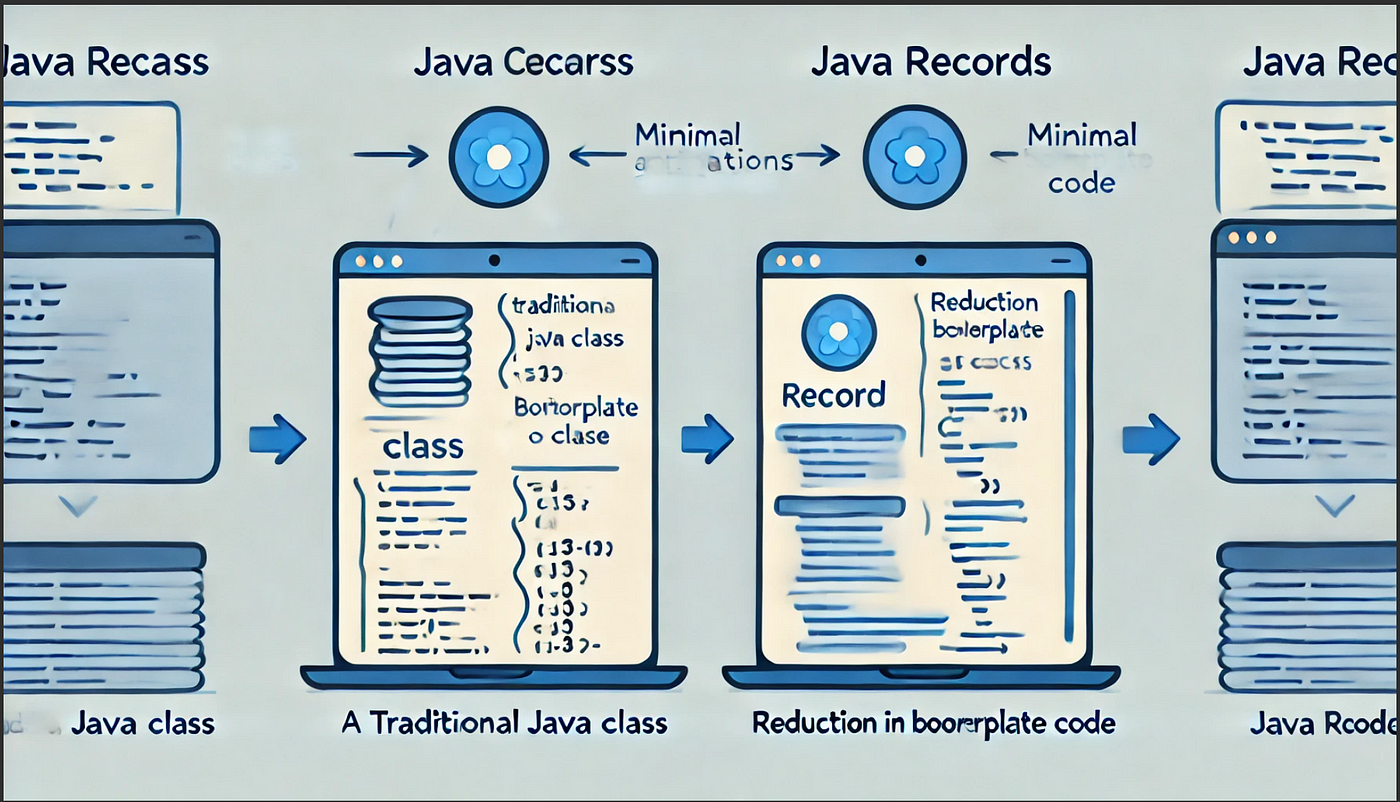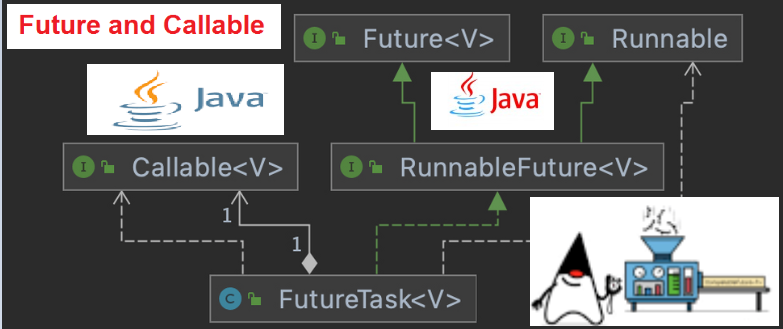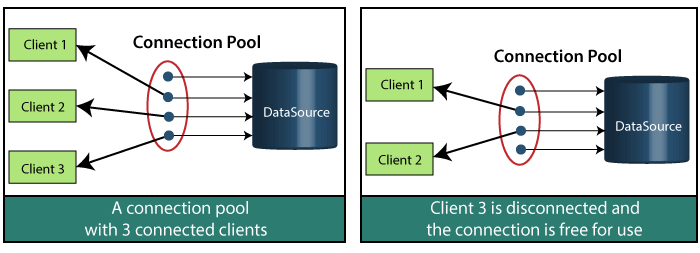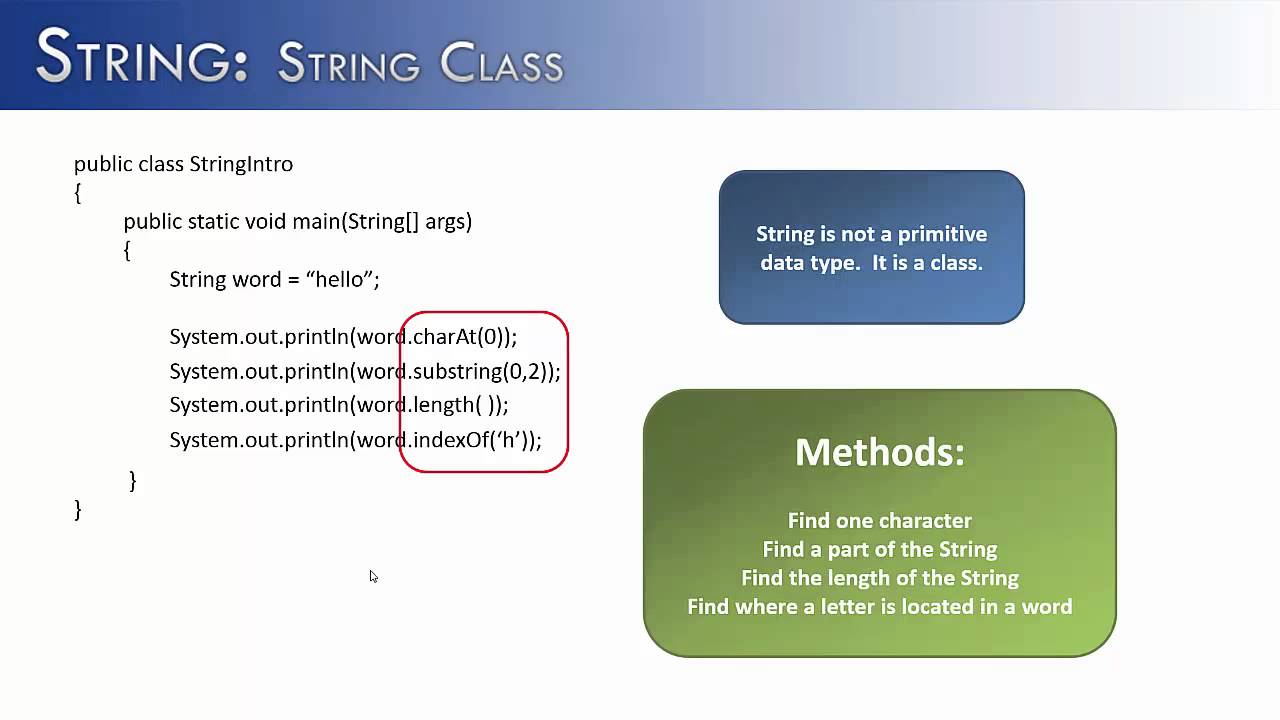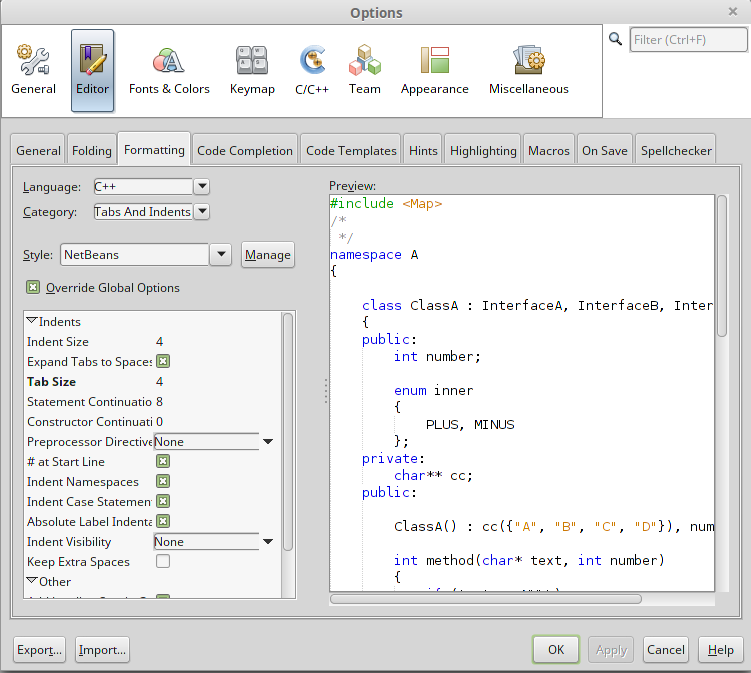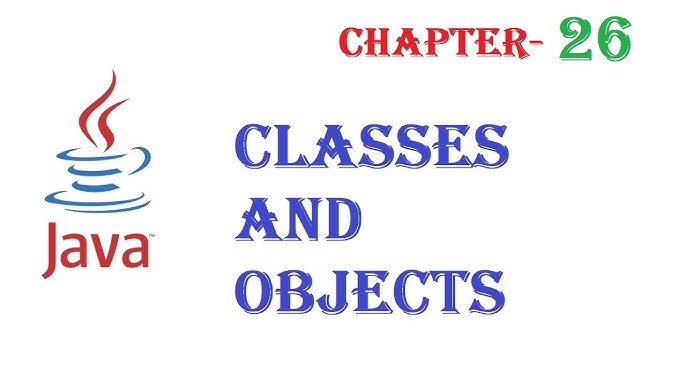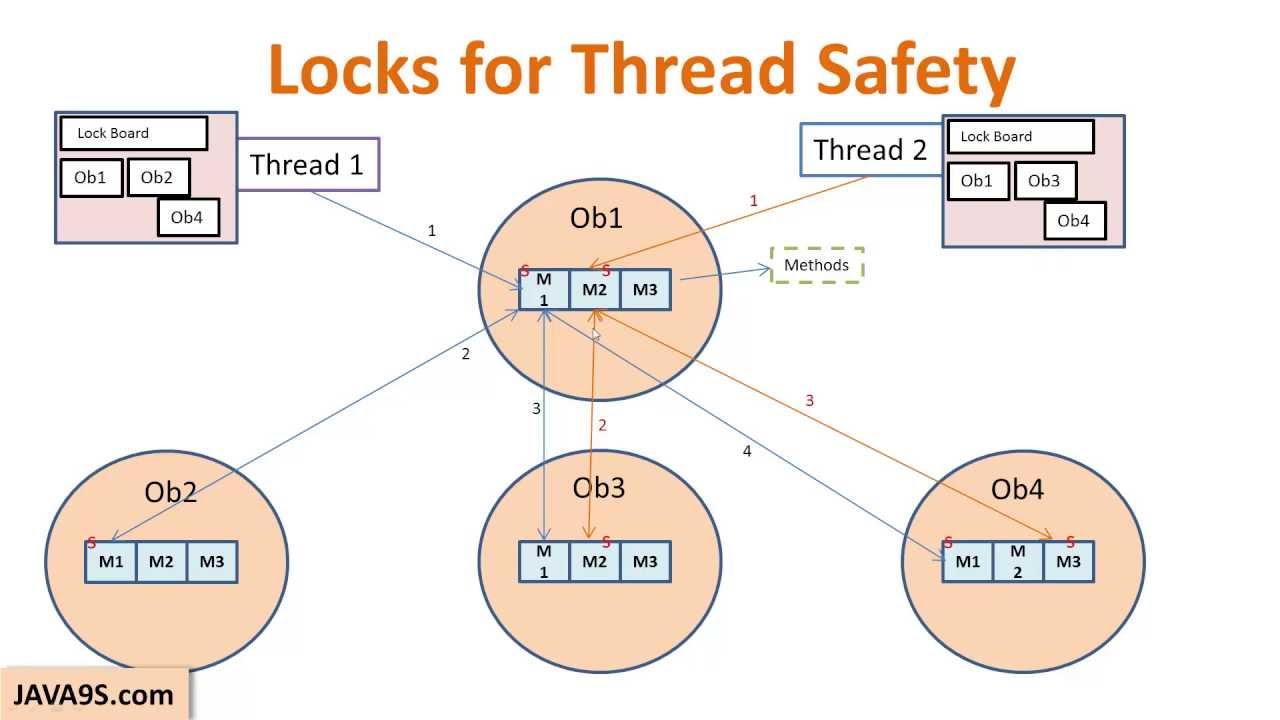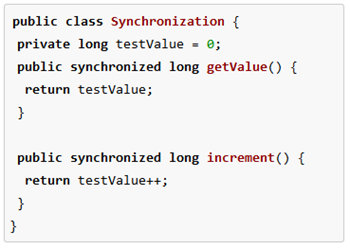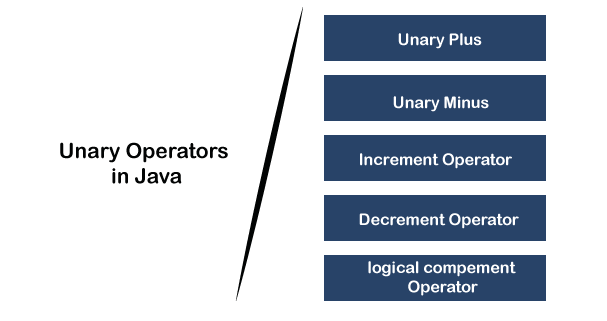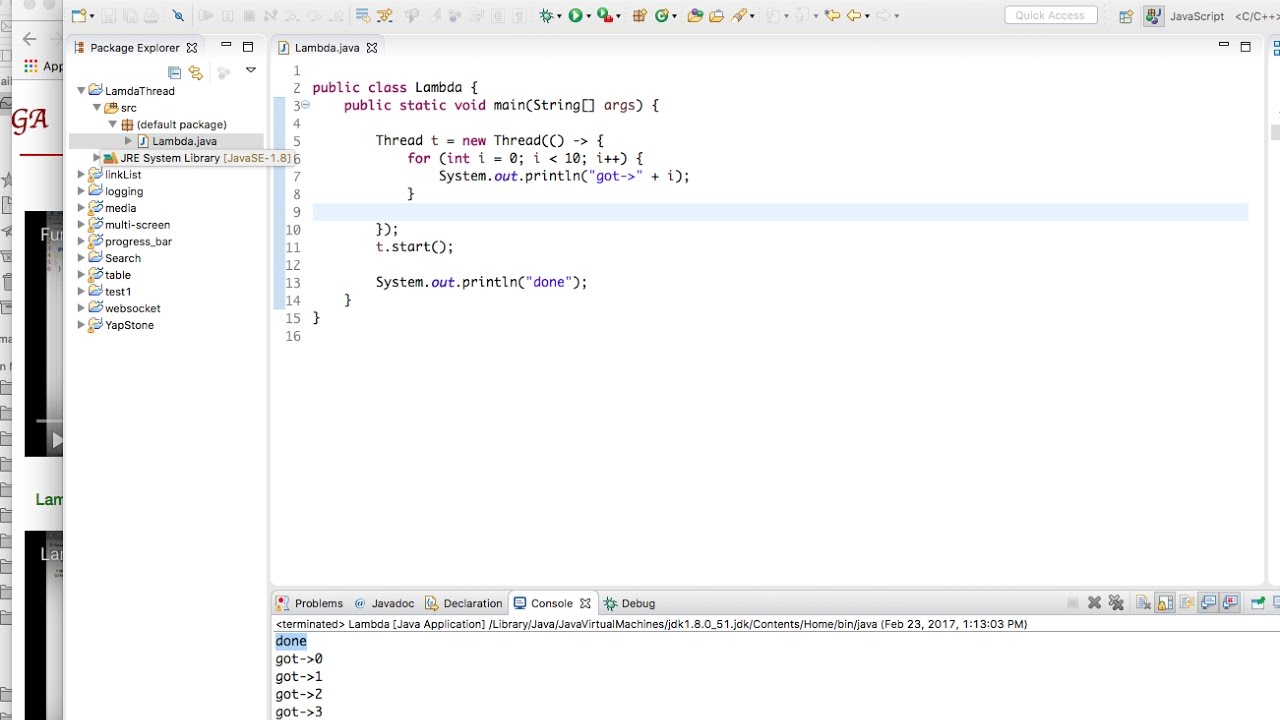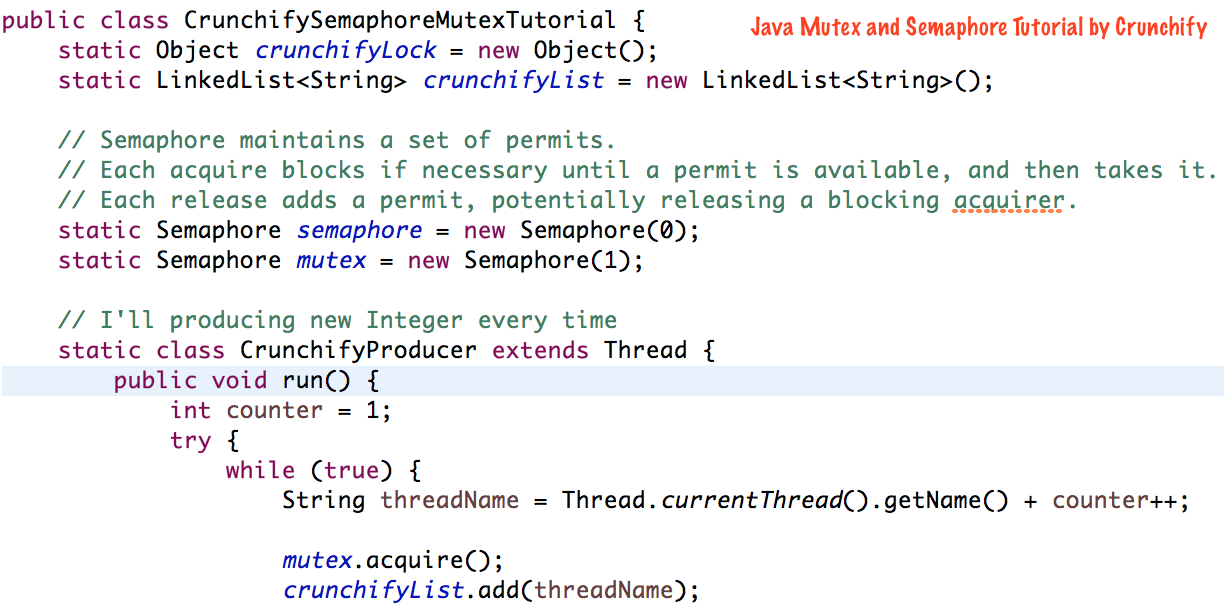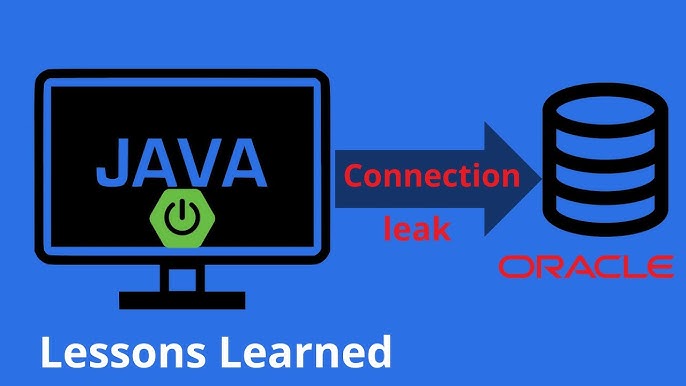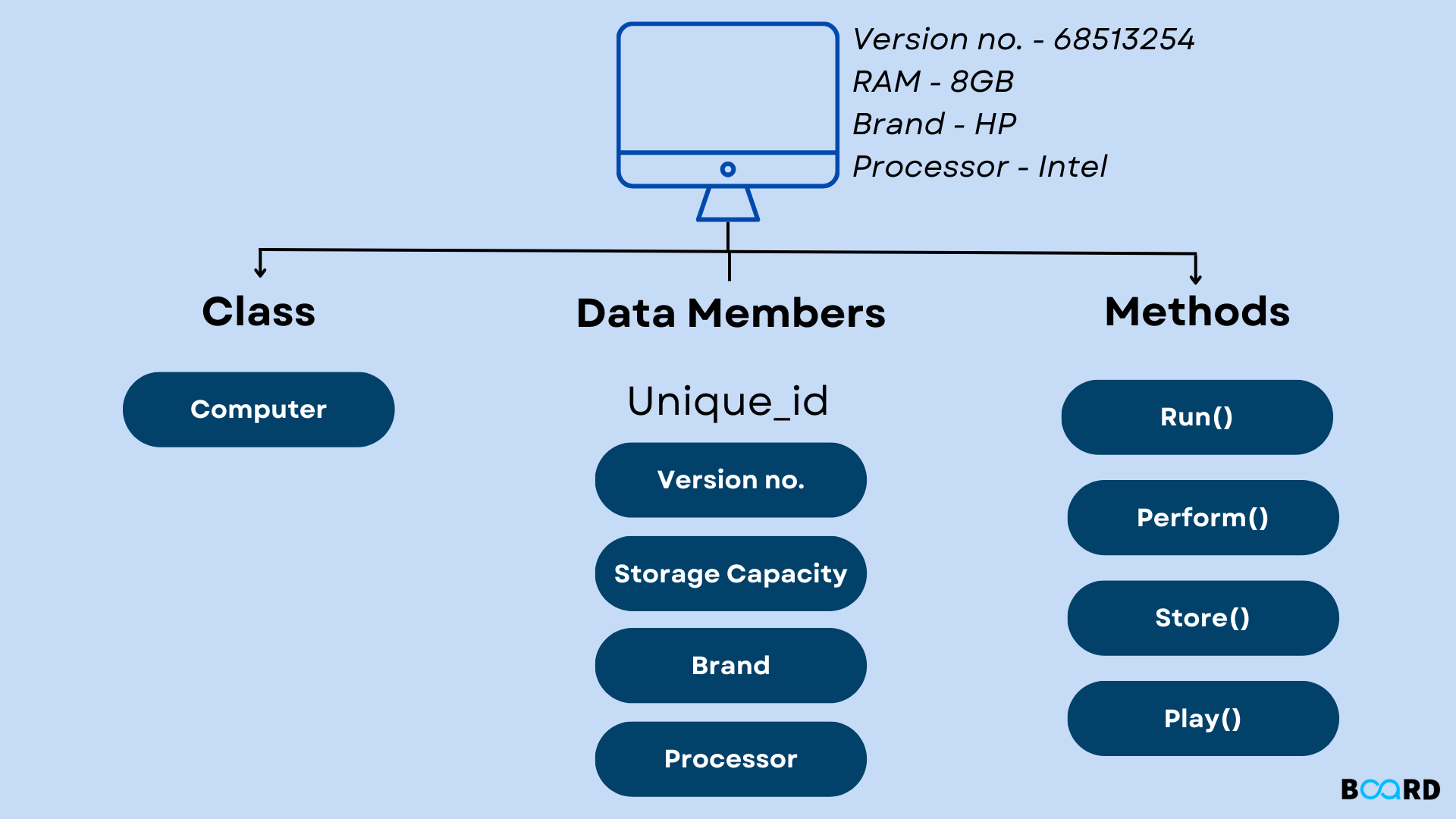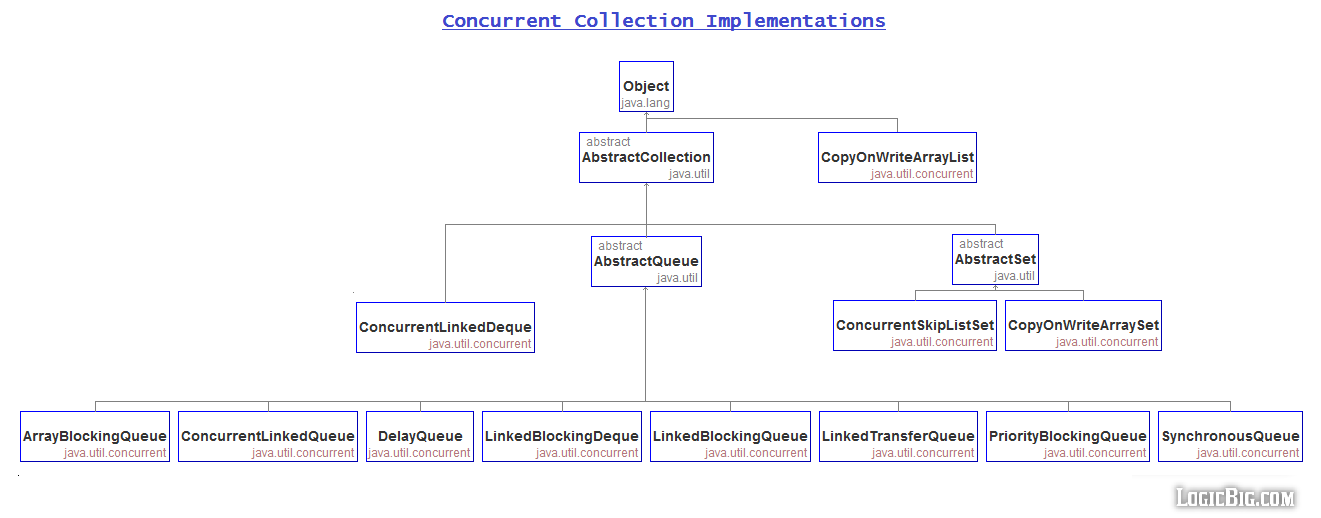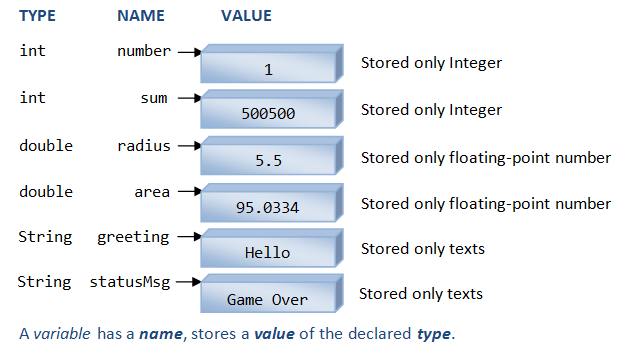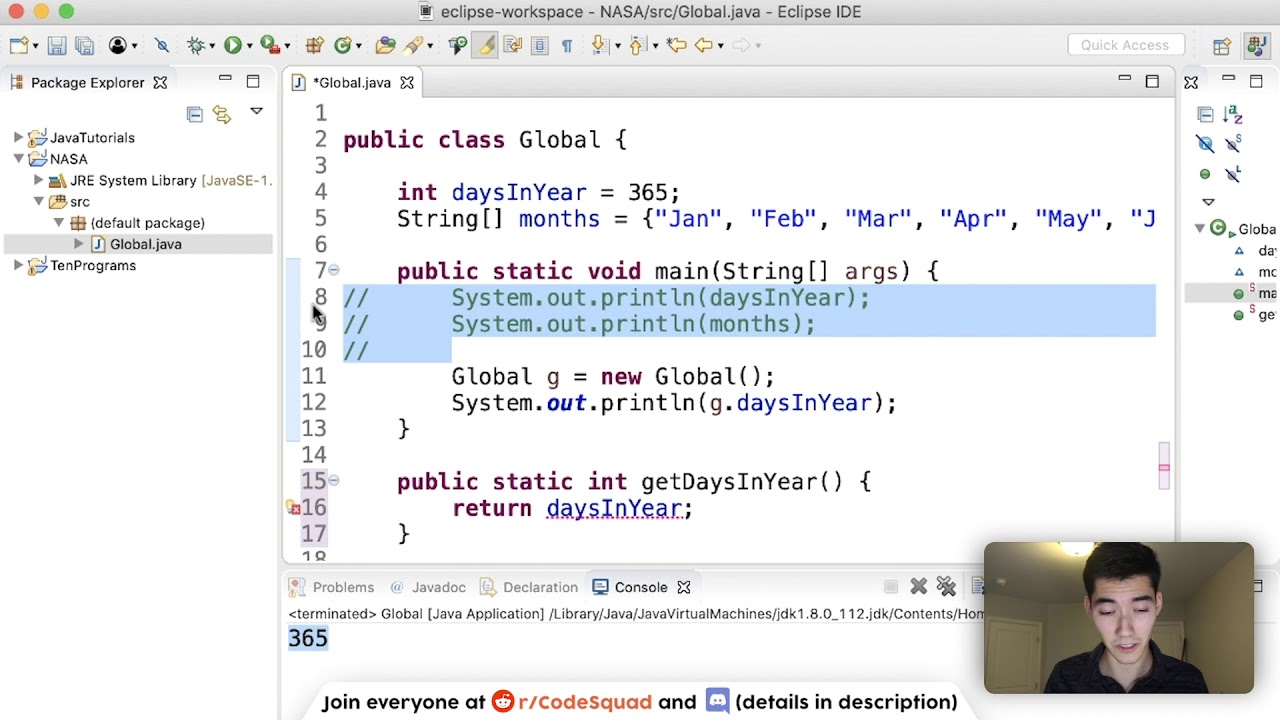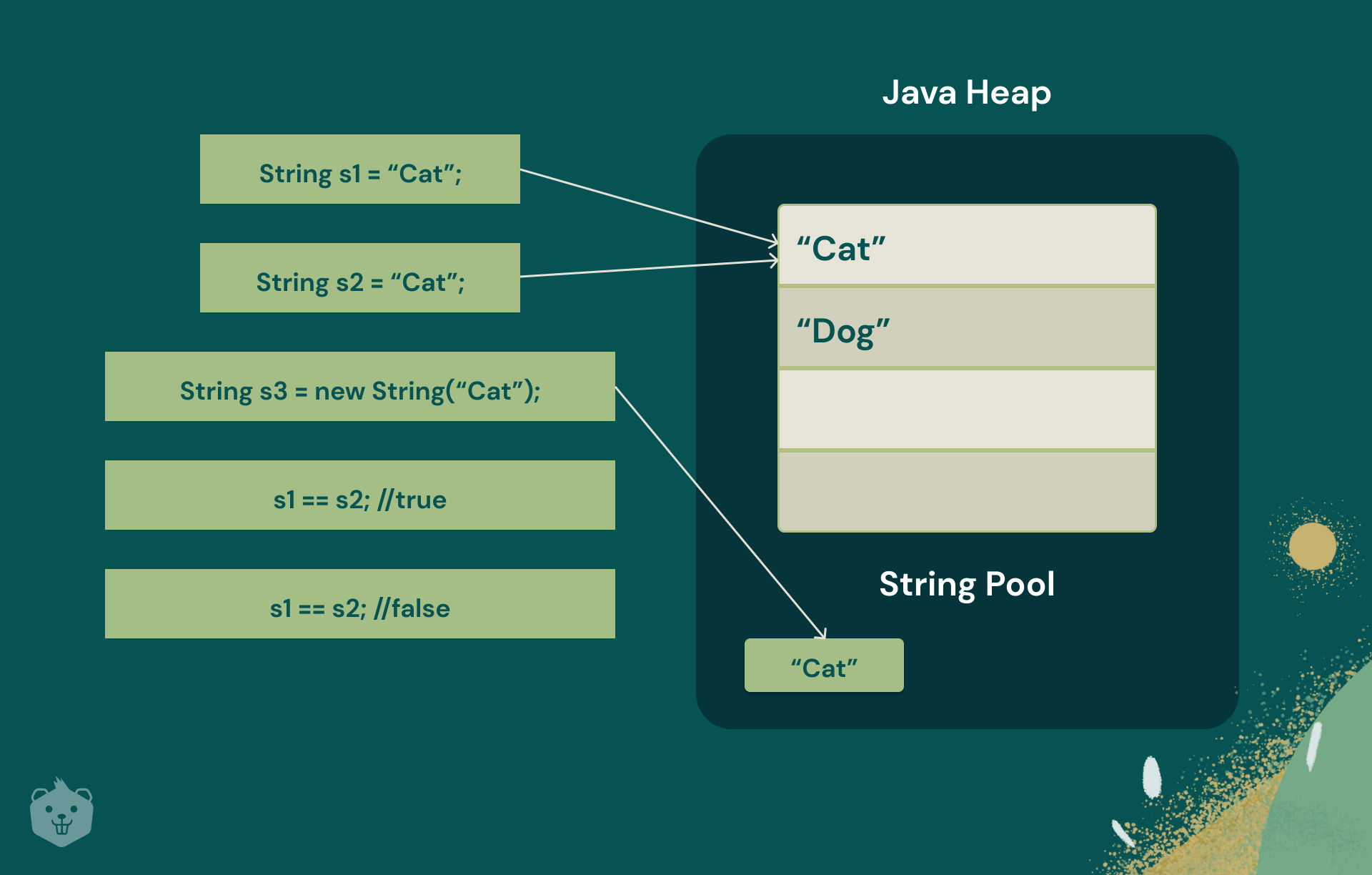Java mediator github
Java mediator github
Here is a detailed explanation of the Java Mediator pattern and its implementation using GitHub:
What is the Mediator Pattern?
The Mediator pattern is a behavioral design pattern that allows you to reduce complex interactions between objects by introducing an intermediary object (mediator) that controls how they interact with each other. This pattern helps to decouple objects, making it easier to add or remove them without affecting the overall system.
When to use the Mediator Pattern?
You should use the Mediator pattern when:
You have a system where multiple objects need to communicate with each other. The interactions between these objects are complex and hard to manage. You want to decouple objects, making it easier to add or remove them without affecting the overall system.Java Mediator Pattern Implementation
Here's an example implementation of the Mediator pattern in Java using GitHub:
// ChatMediator.java
public interface ChatMediator {
void sendMessage(String message, User user);
}
// ConcreteChatMediator.java
public class ConcreteChatMediator implements ChatMediator {
private List users;
public ConcreteChatMediator() {
this.users = new ArrayList<>();
}
@Override
public void sendMessage(String message, User user) {
for (User u : users) {
if (!u.equals(user)) {
u.receiveMessage(message);
}
}
}
public void addUser(User user) {
users.add(user);
}
}
// User.java
public class User {
private String name;
private ChatMediator mediator;
public User(String name, ChatMediator mediator) {
this.name = name;
this.mediator = mediator;
}
public void send_message(String message) {
mediator.sendMessage(message, this);
}
public void receiveMessage(String message) {
System.out.println(name + " received: " + message);
}
}
// ChatUser.java
public class ChatUser extends User {
public ChatUser(String name, ChatMediator mediator) {
super(name, mediator);
}
@Override
public void send_message(String message) {
mediator.sendMessage(message, this);
}
}
In this example:
ChatMediator is the interface that defines the sendMessage method. ConcreteChatMediator is a concrete implementation of the ChatMediator interface. It maintains a list of users and sends messages to all users except the sender. User represents a user who can send and receive messages. It has a reference to the mediator and uses it to send messages.
Benefits of using the Mediator Pattern
Decoupling: The mediator decouples objects, making it easier to add or remove them without affecting the overall system. Simplified Communication: Objects only need to know about the mediator, not each other. Improved Scalability: As the number of users increases, adding more users becomes simpler and less error-prone.Example Usage
Here's an example usage of the Mediator pattern in GitHub:
public class ChatApp {
public static void main(String[] args) {
ConcreteChatMediator mediator = new ConcreteChatMediator();
User user1 = new ChatUser("John", mediator);
User user2 = new ChatUser("Jane", mediator);
user1.send_message("Hello!");
user2.send_message("Hi John!");
// Output:
// John received: Hello!
// Jane received: Hi John!
}
}
In this example, we create a ConcreteChatMediator and two users (user1 and user2). We then use the mediator to send messages between users. The output shows that both users receive the messages.
This is just a simple example of how you can implement the Mediator pattern in Java using GitHub. You can apply this pattern to more complex systems, such as online chat platforms or social media networks.
Java mediator example
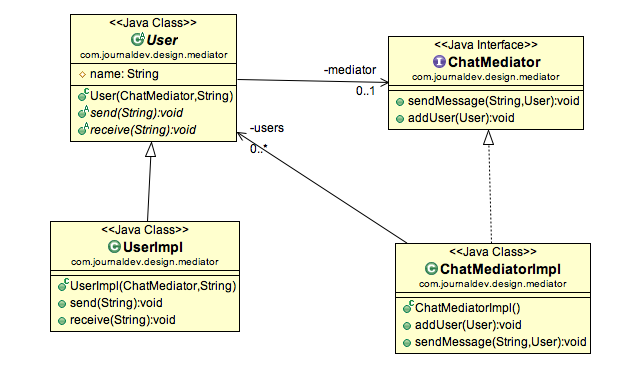
Here's a detailed example of how to implement the Mediator design pattern in Java:
The Mediator pattern is used to reduce complex dependencies between objects and facilitate communication between them without having direct references. It's an alternative approach to traditional event-driven or callback-based systems.
Let's take a simple chat room application as an example, where multiple users can send and receive messages. We want to implement this functionality using the Mediator pattern.
Here's a simplified code example:
// The mediator interfaceinterface ChatRoom {
void sendMessage(String message);
}
class User extends Thread {
private String name;
private ChatRoom chatRoom;
public User(String name, ChatRoom chatRoom) {
this.name = name;
this.chatRoom = chatRoom;
}
public void run() {
for (int i = 0; i < 5; i++) {
String message = "Hello from user " + name;
chatRoom.sendMessage(message);
try {
Thread.sleep(1000); // Simulate a delay
} catch (InterruptedException e) {
System.out.println(e.getMessage());
}
}
}
}
// Concrete mediator class: Chat Room
class DefaultChatRoom implements ChatRoom {
private List users;
public DefaultChatRoom() {
this.users = new ArrayList<>();
}
@Override
public void sendMessage(String message) {
for (User user : users) {
user.interrupt(); // Send the message to each user
System.out.println("Sending message: " + message);
}
}
public void addUser(User user) {
this.users.add(user);
}
}
public class ChatRoomExample {
public static void main(String[] args) throws InterruptedException {
DefaultChatRoom chatRoom = new DefaultChatRoom();
for (int i = 0; i < 5; i++) {
User user = new User("User " + i, chatRoom);
user.start();
chatRoom.addUser(user);
}
Thread.sleep(10000); // Simulate a delay
}
}
In this example:
TheChatRoom interface defines the sendMessage method that sends a message to all registered users. The DefaultChatRoom class implements this interface and maintains a list of connected users. Each User class extends a thread, which represents a user sending messages in an infinite loop.
To reduce complexity:
Instead of having direct references between users (e.g., User A sending a message directly to User B), the Mediator pattern introduces an intermediate object (DefaultChatRoom) that facilitates communication. When a user sends a message, it doesn't need to know which other users are online or available. The mediator takes care of this and broadcasts the message to all connected users.
By implementing the Mediator design pattern in Java:
We decouple theUser objects from each other, making them less dependent on one another. We simplify the code by avoiding direct references between users. We enable easy extensibility, as adding new types of messages or users can be done without affecting the existing logic.
This is just a simplified example, but the Mediator pattern has many practical applications in software development, such as event-driven systems, GUI components, and communication networks.
